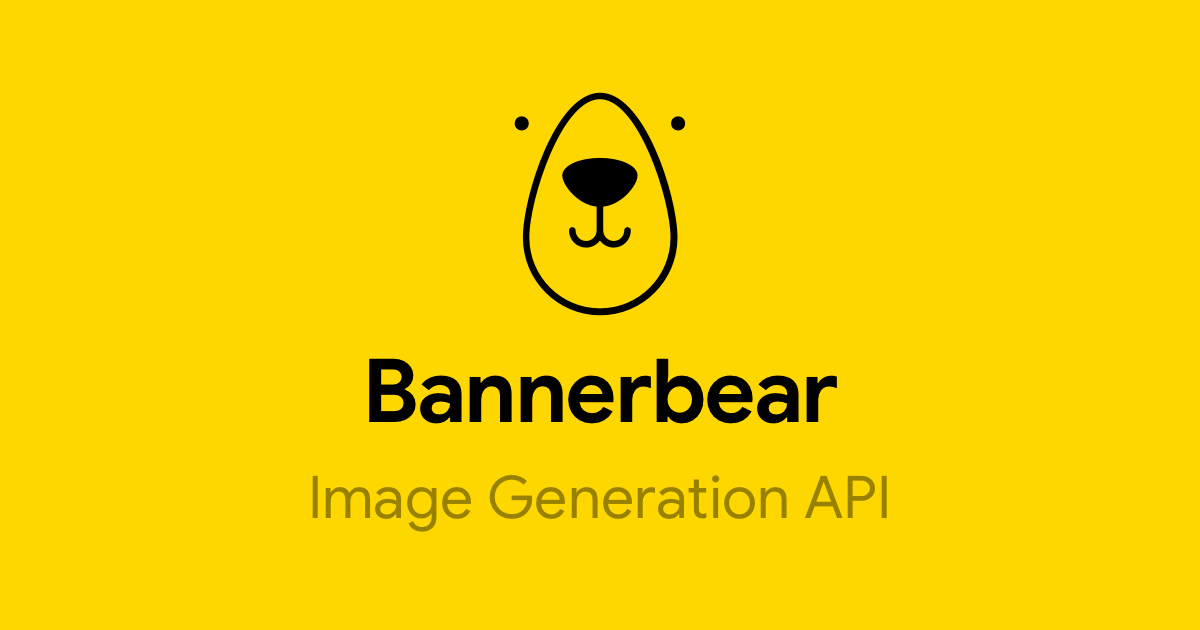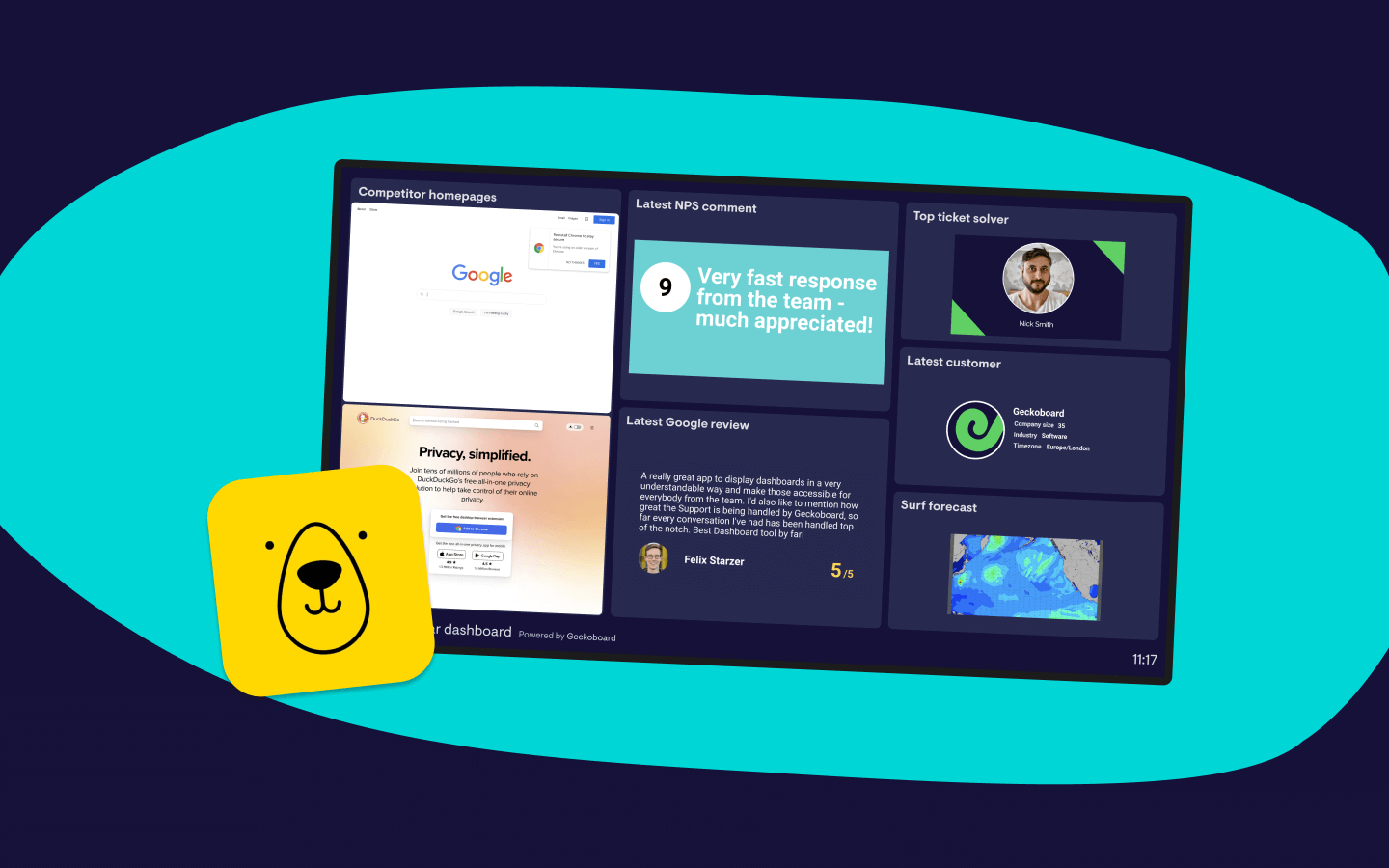
Bannerbear: Complete Buyer's Guide
API-first dynamic image generation platform
Bannerbear is an API-first dynamic image generation platform that automates visual content creation through template-based programmatic design. The platform enables organizations to generate brand-consistent graphics at scale by modifying text, images, and colors via API calls while maintaining design integrity across all outputs[59][61].
Market Position & Maturity
Market Standing
Bannerbear occupies a specialized niche within the API-first automation segment of the dynamic image generation market, distinguishing itself from broader creative suites through technical focus and programmatic capabilities[59][61].
Company Maturity
The vendor demonstrates operational maturity through responsive founder support with customers reporting sub-15-minute email response times and comprehensive documentation including video tutorials and template libraries[60][69][58][62].
Proof of Capabilities
Customer Evidence
Martin McKeaveney's implementation provides concrete evidence of Bannerbear's automation capabilities, successfully automating blog post featured images through Bannerbear-Airtable-Zapier integration to achieve consistent branding without manual intervention[60][69].
Quantified Outcomes
Organizations report 40-60% reductions in design cycle times for automated tasks, while high-volume users processing 500+ monthly layouts achieve cost recovery within 4-6 months through reduced designer hours and workflow efficiency gains[40][51][59][66].
Market Validation
Market adoption patterns show concentration among marketing teams (68%), developers (22%), and SMBs (10%) across e-commerce (45%), SaaS (30%), and media (25%) industries[51][60][51][72].
AI Technology
Bannerbear's technical foundation centers on API-first dynamic image generation through template-based automation rather than generative AI design creation. The platform's core architecture enables programmatic modification of visual elements within pre-built templates, allowing users to alter text, images, and colors via REST API calls while maintaining design consistency and brand integrity[59][61].
Architecture
Integration architecture emphasizes flexibility through comprehensive API support, enabling connections with existing martech stacks and workflow automation tools. The platform supports JavaScript and PHP integration for advanced modifications, while no-code integration options through Zapier and Make accommodate organizations with limited development resources[42][54][58][104].
Primary Competitors
Primary competitors include integrated creative platforms like Adobe Express and Figma, which offer broader ecosystem integration but less specialized automation capabilities. Creatomate provides similar API-first functionality at 20% lower cost, while end-to-end platforms like Canva serve organizations preferring integrated creative suites over specialized automation tools[57][66][65][50][57].
Competitive Advantages
Competitive advantages center on API flexibility and integration depth for organizations requiring programmatic visual content generation. Bannerbear's face detection AI, multi-language support, and canvas sizes up to 5000×5000 pixels provide technical capabilities that basic template generators cannot match. The platform's responsive founder support with sub-15-minute email response times offers personalized assistance unavailable from larger competitors[43][46][56][61][60][69].
Market Positioning
Market positioning emphasizes specialized automation over comprehensive creative capabilities. Unlike competitors focusing on creative flexibility, Bannerbear targets technically sophisticated organizations requiring scalable visual content production through programmatic approaches rather than manual design processes[59][61].
Win/Loss Scenarios
Win/Loss scenarios favor Bannerbear when organizations prioritize API-first automation, technical flexibility, and high-volume template generation. The platform loses against integrated solutions when teams require comprehensive creative suites, lack development resources, or need complex creative capabilities beyond template-based modifications[50][57][54][59].
Key Features

Pros & Cons
Use Cases
Integrations
Pricing
Featured In Articles
Comprehensive analysis of AI Layout Templates for AI Design for AI Design professionals. Expert evaluation of features, pricing, and implementation.
How We Researched This Guide
About This Guide: This comprehensive analysis is based on extensive competitive intelligence and real-world implementation data from leading AI vendors. StayModern updates this guide quarterly to reflect market developments and vendor performance changes.
126+ verified sources per analysis including official documentation, customer reviews, analyst reports, and industry publications.
- • Vendor documentation & whitepapers
- • Customer testimonials & case studies
- • Third-party analyst assessments
- • Industry benchmarking reports
Standardized assessment framework across 8 key dimensions for objective comparison.
- • Technology capabilities & architecture
- • Market position & customer evidence
- • Implementation experience & support
- • Pricing value & competitive position
Research is refreshed every 90 days to capture market changes and new vendor capabilities.
- • New product releases & features
- • Market positioning changes
- • Customer feedback integration
- • Competitive landscape shifts
Every claim is source-linked with direct citations to original materials for verification.
- • Clickable citation links
- • Original source attribution
- • Date stamps for currency
- • Quality score validation
Analysis follows systematic research protocols with consistent evaluation frameworks.
- • Standardized assessment criteria
- • Multi-source verification process
- • Consistent evaluation methodology
- • Quality assurance protocols
Buyer-focused analysis with transparent methodology and factual accuracy commitment.
- • Objective comparative analysis
- • Transparent research methodology
- • Factual accuracy commitment
- • Continuous quality improvement
Quality Commitment: If you find any inaccuracies in our analysis on this page, please contact us at research@staymodern.ai. We're committed to maintaining the highest standards of research integrity and will investigate and correct any issues promptly.